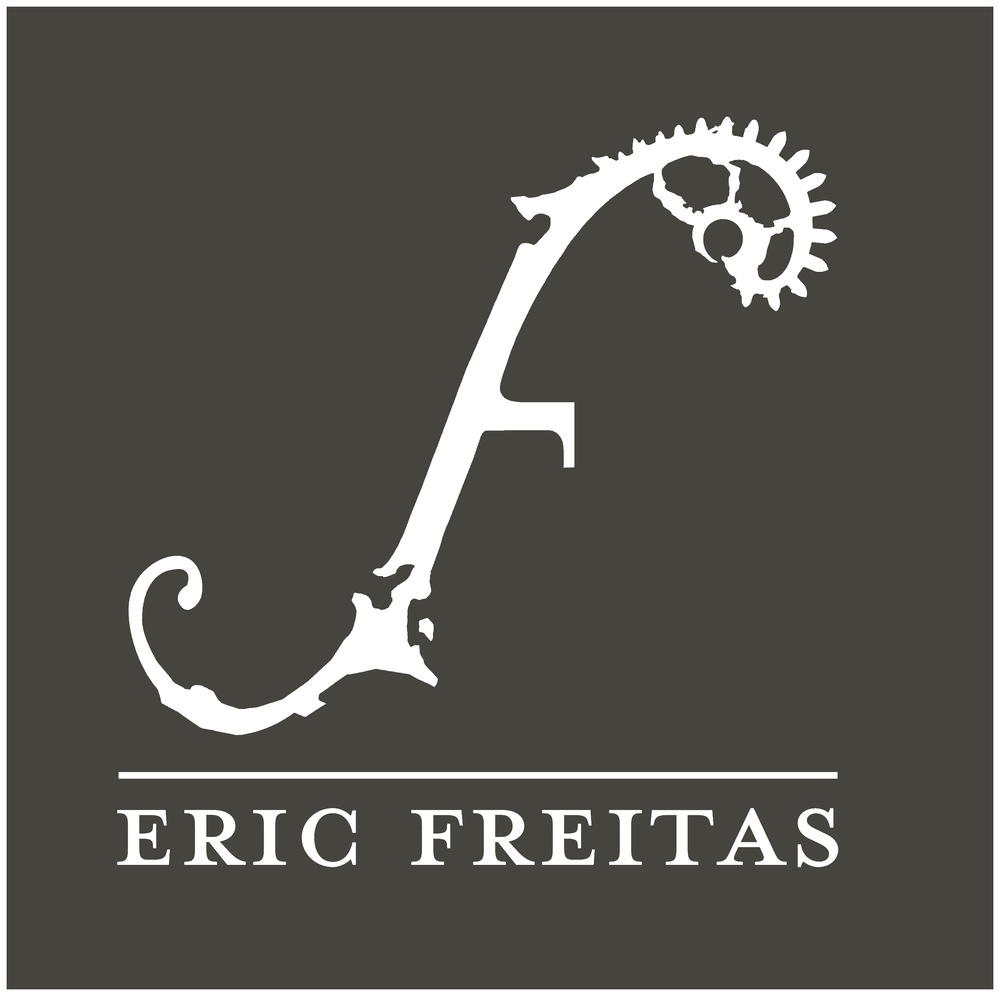Testing the first two mechanisms for the latest clockwork commission.
The snail cam that you can see me turning at the beginning of the video is the arbor where the hands will be. The lever that this cam lifts and drops operates everything except the time, so it’s a little heavier. That means there would be a lot of friction if I were to use a regular lever and cam, so I wanted to use a bearing instead.
Since bearings are round and I needed it to drop sharply as if it were a point, I had to employ a “slip cam”. If you look you’ll see a pin which is actually pushing the cam from inside a slot. Once the center of the bearing is over the edge of the cam it falls, and nudges the cam forward without disrupting the arbor that turns the hands of the clock. Then the arbor keeps moving forward, and the pin picks up the cam again when it ticks its way back to the front of the slot.
That cam turns once an hour. The long lever clicks a ratchet that has 24 teeth (one for each hour of the day). That ratchet will have multiple cams, each one activating another thing that needs to change at midnight.
The end of this video shows one of those cams dropping at midnight. This one is clicking a 7 tooth star wheel, which as you can guess, is for the days of the week. In order to make that 7 tooth star move precisely there are actually three components working in concert. The click at the end of the lever that pushes it, the back side of that same click which stops the wheel from moving forward past one day, and the pawl at the top that holds the star in place while the lever cocks back for the next day. Getting the geometry just right was a little tricky for me, but I like the way it came out. The star moves abruptly and stops sharply without any slop. That sharp click could also be achieved with a jumper spring, but this way requires less force, so it’s much more efficient.
Next I’ll be adding the perpetual calendar levers (I think)
